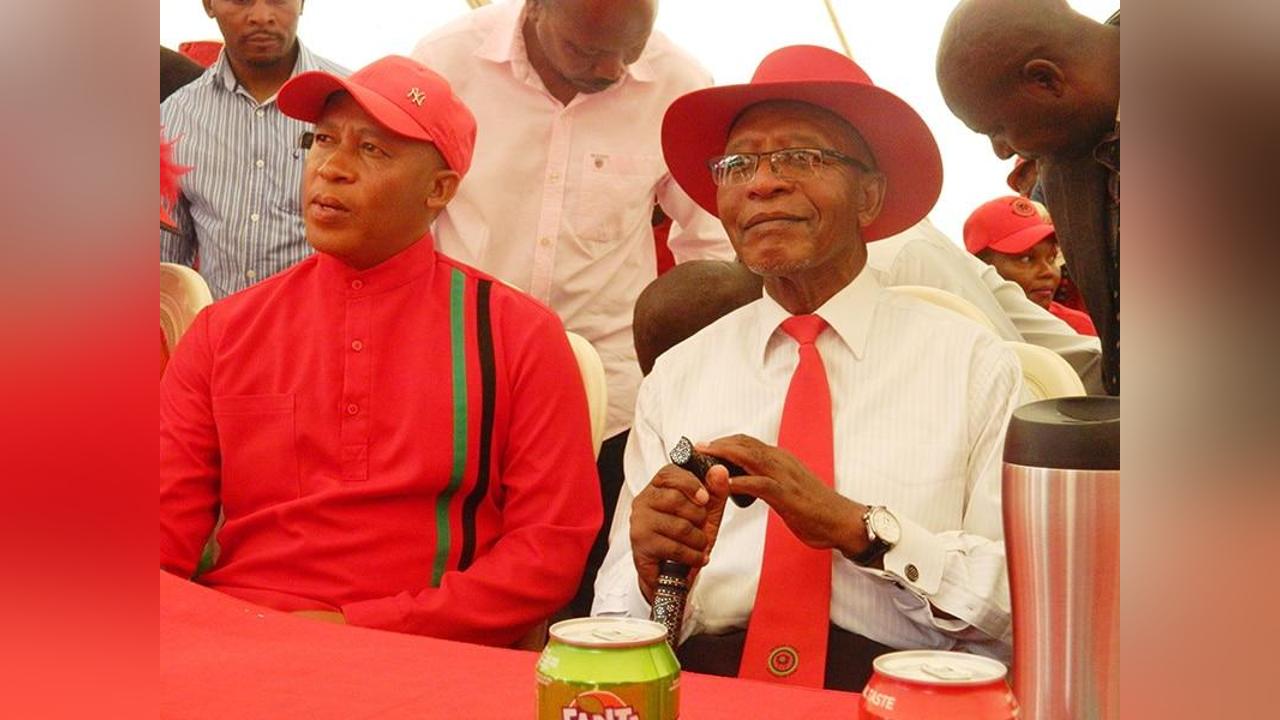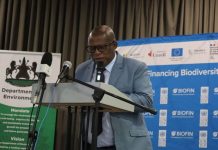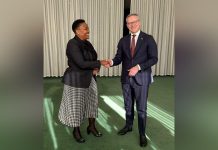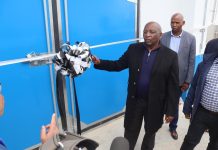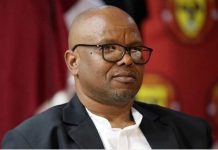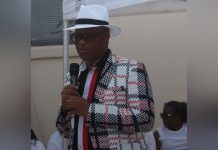Africa-Press – Lesotho. The Independent Electoral Commission (IEC) together with 53 other respondents is facing a litigation around the newly announced delimitation of constituencies proposed for the coming general election.
The fresh court bid poses a fresh threat to the already fragile run-up to decisive elections in Lesotho that could end up in bloody contestations after the polls slated for October this year.
The challenge in court is for the IEC to maintain the old constituency boundaries and only delimitate after the elections, with some parties feeling the rushed up work could jeopardise positive outcomes in the current election campaign.
The legal suit has been instituted by the Democratic Congress (DC), one of the leading parties in the current coalition as well as Selibe Mochoboroane, currently Minister of Development Planning and leader of the Movement for Economic Change (MEC).
The two applicants want the court to order that Legal Notice No. 37 of 2022 (Constituency Delimitation Order) be declared null and void, irregular or unlawful and or be reviewed or be found in violation of the provisions of section 67(3) of the Constitution.
They further want the court to redirect the IEC and all other respondents to revert to the 2018 boundaries for the purpose of fairness to all who will be contesting in the coming elections.
Among those cited in the long list of respondents with IEC, includes the minister of Justice, Law and Constitutional Affairs, Attorney General and almost all the political parties registered with the IEC.
The new delimitation has come under criticism from some parties which labelled it a ploy to deprive traditional parties with huge support in the rural constituencies to suffer the culling of their areas in favour of urban-bound boundaries.
Some of the political parties, especially of the congress origin, had openly accused the IEC of favouring parties with urban-based support bases in the new drawing of boundaries as Maseru town had benefited with the addition of two to three more constituencies at the cost of rural stations.
A motion in the National Assembly supported by the PFD had gained less support to pass, when the then ABC-led coalition had more pressing internal issues to attend to than external interests of other parties.
While the reforms could have saved the situation, delays in the processing of laws targeting the shape of the new parliament as well as the electoral attributes, also contributed to the IEC’s delimitation work being viewed with dissatisfaction.
Lesotho has a mixed member parliamentary system with an 80-member constituency seats contested under the first-past-the-post electoral system, while the rest of the 120 national seats are allocated through a compensatory system in a proportional allocation.
Lesotho has since independence in 1966 been marred by post-election conflicts and weak political stability, prompting the regional SADC bloc to intervene several times at boardroom and military level in recent years.
For More News And Analysis About Lesotho Follow Africa-Press

